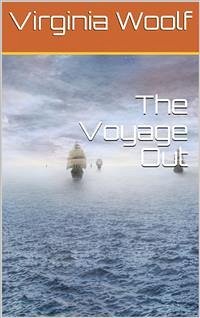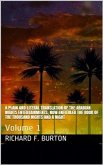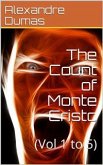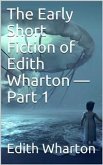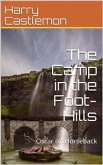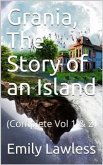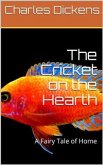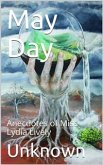The Voyage Out is the first novel by Virginia Woolf, published in 1915 by Duckworth; and published in the US in 1920 by Doran. Woolf began work on The Voyage Out in 1910 and had finished an early draft by 1912. The novel had a long and difficult gestation and was not published until 1915. It was written during a period in which Woolf was especially psychologically vulnerable. She suffered from periods of depression and at one point attempted suicide. The resultant work contained the seeds of all that would blossom in her later work: the innovative narrative style, the focus on feminine consciousness, sexuality and death. Rachel Vinrace embarks for South America on her father's ship and is launched on a course of self-discovery in a kind of modern mythical voyage. The mismatched jumble of passengers provide Woolf with an opportunity to satirise Edwardian life. The novel introduces Clarissa Dalloway, the central character of Woolf's later novel, Mrs Dalloway. Two of the other characters were modelled after important figures in Woolf's life. St John Hirst is a fictional portrayal of Lytton Strachey and Helen Ambrose is to some extent inspired by Woolf's sister, Vanessa Bell. Rachel's journey from a cloistered life in a London suburb to freedom, challenging intellectual discourse and discovery very likely reflects Woolf's own journey from a repressive household to the intellectual stimulation of the Bloomsbury Group.
Bitte wählen Sie Ihr Anliegen aus.
Rechnungen
Retourenschein anfordern
Bestellstatus
Storno

